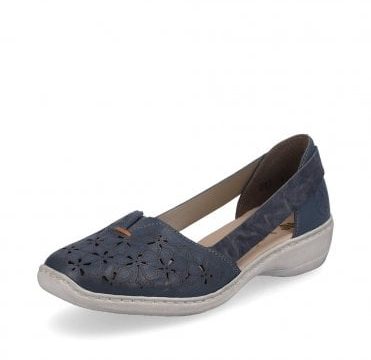When the temperatures start to dip below freezing, that flimsy fleece blanket you’ve had on your bed since college just won’t cut it. You deserve the best down comforter that money can buy. Like a luxurious cumulus cloud, a comforter or duvet or duvet insert is an essential piece of bedding anyone needs, especially in the winter. Now that you’ve upgraded your mattress and sheets, a duvet is the last thing you need to make your bed the kind of place you can stay in all- day long—whether or not you agree that top sheets are a scam). Once you’ve got one, you’re just a fiddle leaf fig, discreet rolled up yoga mat, and a cuddly dog short of Instagram-ready breakfast in bed. All the likes will quickly erase the memories of waking up in the middle of the night due to your chattering teeth.
The best duvets check several boxes: superior hand-feel, ample warmth, satisfying fluffiness (described as “loft” in industry-speak and often measured by “fill weight” or “fill power”), and adequate breathability. In order to figure out the right combination of these elements—to triangulate your ideal fluffiness-breathability-warmth ratio—you’ll first want to consider if you’re a hot sleeper, if you’re allergic to down feathers, and, of course, how much you’re willing to spend. There are two key metrics when it comes to duvets that affect almost all of these factors (and are generally indicative of the price): fill power and thread count. Fill power is a measurement of the quality of the down, and represents how high the down will loft—essentially, how high it puffs up. Higher fill power generally means warmer, puffier, lighter, and longer-lasting down. Thread count measures how tightly woven the shell is. So a higher thread count means less breathability and more heat. High fill power + high thread count = super insulated and warm.
In order to focus the scope of this mission at the beginning of 2019, we first judged a number of comforters based on hand-feel: basically, upon first touch, how luxe does the shell material and puffiness feel without a duvet cover. Then, after narrowing down some initial contenders we spent several nights sleeping with each finalist. (Note: duvets were tested alongside a 310 thread count sateen duvet cover; duvet covers typically range from 300-400.) Later in the year, we brought in a bunch more new comforters and sent them out to members of our staff to reevaluate our options.
Be warned, prices on duvets and comforters can get pretty expensive. A lot of the best duvets we tested, particularly the ones made with real down, cost more than $300. And you do get what you pay for here, those options often proved to be the ones our testers were the most enthusiastic about. But we did find one option that was around $200 that we are enthusiastic enough about to recommend as a new favorite.
On a fundamental level, though, the most important thing about a comforter isn’t price. It’s how badly do you not want to leave your fluffy feather nest when that alarm goes off in the morning? Every type of sleeper is different, but we all just want to feel swaddled. Sheets and pillows and mattresses define the slumber experience on a basic level, but none can match the bliss of diving into a truly luxurious duvet. Below, you’ll find our favorite poufs.
The Best Comforter for Hot Sleepers
The Best Plush-as-Hell Comforter
The Best Budget Comforter
Best Hypoallergenic Comforter
8 More Comforters We Like
The Best Mattresses That Come in a Box for Every Sleeper (And Every Budget)
The Best Bath Towels to Replace Your Old Moldy Shower Rags
The Best Sheets Will Make You Unreasonably Excited to Go to Sleep
The Best Pillows for Every Type of Sleeper
The Best Hand Soaps for an Instagram-Worthy Sink Ledge

























Perhaps you have imagined you’ve got a lot
better love life?.
The best online casino for roulette – online roulette real money au – bet with fake money